|
A WILD BIRD AND A CULTURED MAN
The Common Eider and Homo Sapiens:
Fourteen Centuries Together
Alexandra Goryashko
|
A huge number of people
participated in this project. Only of editors - scientific,
literary, Russian and English - there were seven. A
translator, a bibliographer, a cartographer, an artist, a
designer and typesetter all took part in making the book
come out. In
addition to those whose role falls under a definite category
there were lots of people who looked for literature,
information, illustrations and contacts, helped with
translations from a variety of languages,
provided consultations and covered ongoing expenses. Most importantly, their active interest in the eiders helped
me in staying motivated and continuing to believe that this
insane project has a solid reason under it, and gave me the power to
complete the book.
A woman from Scotland,
previously totally unfamiliar to me, made a trip to Farne
Island to take a photo of the statue of St. Cuthbert with
the eider. A sculptor from the USA, whom I also did not know
before, made an eider out of wood to enable me to include
its photo in the book.
In a cold autumn evening
Icelandic eider farmers attached back a sign marking the entrance to an eider farm in
order to allow me to take a photo for the book. A senior
scientist of the Moscow State University's Chemistry
Faculty, having found himself at a conference in Paris,
spent his only free day in the National Library of France
looking for the first eider protection laws. A Chukotka Peninsula hunter made an eplicated
to take a
series of photos that show how exactly it is made.
The descendants of the first Soviet
scientists who studied the eiders provided me with
information and photographs, and presented me with books that
have long ago become biographical rarities.
I received help from Danish hunters and
Canadian museums, Finnish professors and Swedish artists,
Norwegian farmers and Russian philologists, an American
auction house and a Russian porcelain collector, employees
of the office of the President of Iceland and of the
Governor of Svalbard... Photos, articles, observations were sent to me from all over
the world, and after a while it started feeling as if I was
in charge of an entire eider study institute. The help of
all those people was invaluable, and the book would not have
been written without them. My great gratitude and a low bow to
all the participants of creating this Eider book.
AUTHORS
COLLECTIVE
|
|
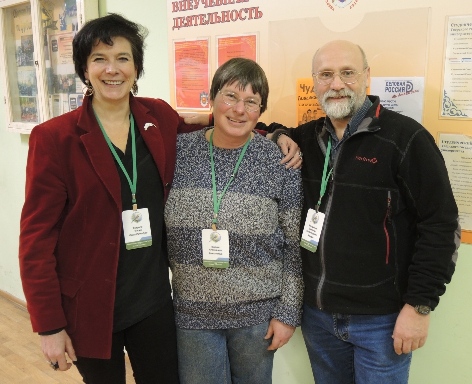
Автор книги с научными редакторами, Марией Гаврило и
Александром Кондратьевым на Орнитологическом конгрессе в Твери, 2018 г. |
The scientific editor and
the co-author of the first, "biological" chapter was
Alexander Vladimirovich Kondratyev.
An ornithologist, a PhD, a
deputy director in charge of scientific work at the Institute of
Biological Problems of the North of the Far East Section of the
Russian Academy of Sciences in Magadan. One of Russia's top
experts in geese. An organiser and a leader of several
international projects to study the biology of nesting and
migration of Russian waterfowls, from the Baltic region to the
Okhotsk Sea, which includes many parts of the Arctic region. A
member of the editing board of the Kazarka Journal (an annual
bulletin of the Working Group on Geese). Authored over 120
scientific works and co-authored six books.
Maria Vladislavovna Gavrilo
was another scientific editor. An ornithologist, a PhD, and a
participant of 50 expeditions to the Arctic, Antarctic, and the
Baltic region in the course of 30 field seasons. Coordinates, from the Russian side, a
network of experts on sea birds of the Barents Sea region, which
is part
of the Russian-Norwegian ecological programme. Since
2002 she represents Russia in the Circumpolar Expert Group on
Sea Birds of the Conservation of Arctic Flora and Fauna (CAFF)
organisation.
A member of the SSC IUCN commission on
sea birds. An author of about 200
publications (scientific, popular science, political), a
co-author of four books, and an editor of nine scientific
collections and books. A member of the
editing board of the Sea Inheritance Journal, an analytic bulletin
of Russian Arctic Research. An acting member of the Russian
Geographic Society, and head of the commission on natural
heritage of the Association "Sea Inheritance: Research and
Preserve".
I'm especially pleased to
note that both Maria Gavrilo and Alexander Kondratyev started
their careers in ornithology in the 1980s in the "eider"
establishment, the Kandalaksha Nature Reserve, where we became
acquainted while working under the guidance of A.S. Koryakin,
who was studying eider behaviour.
|
|

|
Pavel Kvartalnov - a
scientific editor, a PhD.
|
|
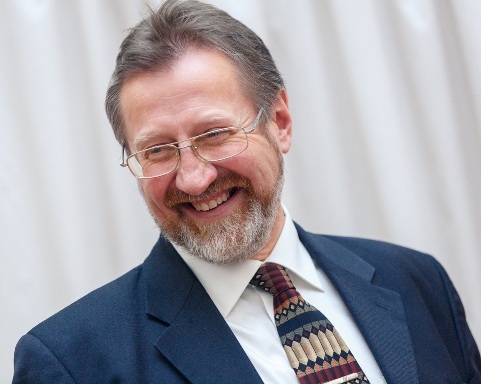
|
Mikhail Vladimirovich
Kalyakin - a scientific editor. An ornithologist, a Dr.Sc., and
the director of the Moscow State University's Zoological Museum.
|
|
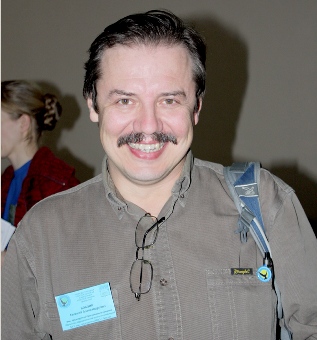
|
Evgeny Koblik - scientific
editor. An ornithologist and a PhD. An animal painter.
|
|
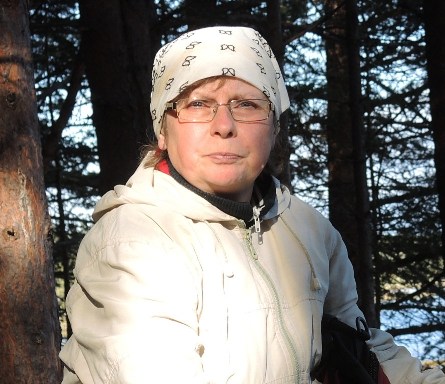
|
Olga Viktorovna Maximova -
a literary editor. An algologist (an expert in algae), works at
the Shirshov Institute of Oceanology. A person of extremely wide
knowledge and a precise sense of the language.
|
|

|
Natalia Rogova - a
cartographer.
|
|
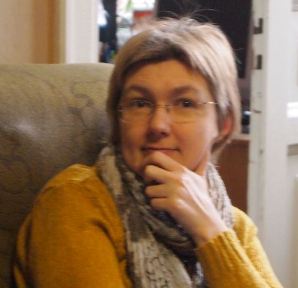
|
Anastasia Fedotova - a
bibliographer. A biologist, a PhD, a science history expert, and
an editor.
|
|

|
Maria Sergunina -
an artist. Attended
graphic design courses at the Moscow State University of Culture
and Art, participated in the intensive course of illustration in
the British High School of Design.
Maria's works:
https://www.behance.net/greenfinchh
|
|
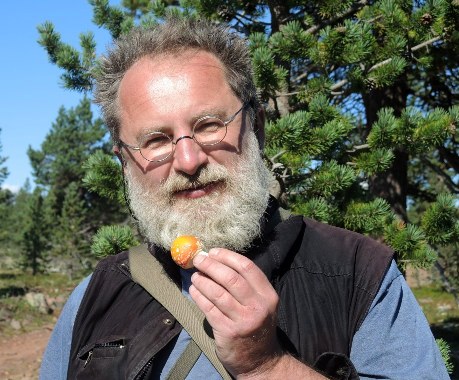 |
Pavel Voytinsky - a
translator into English.
|
|

|
David-Leslie Urion - a
literary editor of the English version. A writer, a translator,
and a teacher of English.
|
|
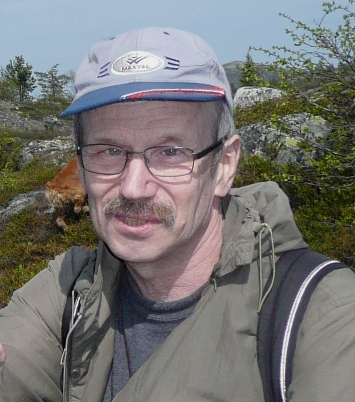 |
Gennady Alexandrov -
processing of photos, design, typesetting and other types of
preparation of the book for printing.
|
To
illustrate the next
52 photographs,
about
15 artists
and over
20 museums
have availed their works or photos of their
exhibits.
|









